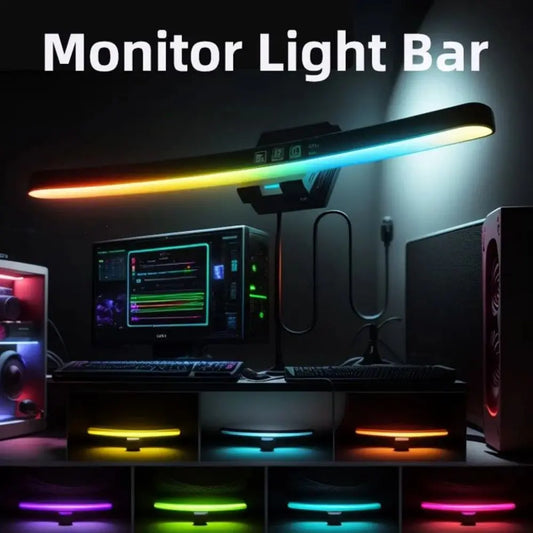Why are retro Nintendo games so expensive?
Share
Retro Nintendo games have become some of the most expensive collectibles in the gaming world. Whether you’re looking to buy a vintage Super Nintendo cartridge, a rare Game Boy title, or an original NES game, you may be shocked by how high the prices can go. But what’s behind this soaring cost, and is it still worth collecting these classic games in 2025?
Let’s dive into the reasons why retro Nintendo games are so expensive, and whether it’s worth collecting them today.
Why Are Retro Nintendo Games So Expensive?
-
Nostalgia and Demand:
- Nostalgia plays a huge role in the price of retro Nintendo games. Many people who grew up in the 80s, 90s, and early 2000s have a deep emotional connection to Nintendo’s games. As these players reach adulthood, they seek to relive their childhood experiences, and this creates a high demand for vintage games.
- Games like Super Mario Bros., The Legend of Zelda, Metroid, and Donkey Kong have been deeply ingrained in gaming culture, and their iconic status only increases their value over time. People are not just collecting these games to play them—they’re collecting memories.
-
Scarcity and Limited Production:
- Unlike modern games, which are produced in vast quantities and often have digital versions available, many retro Nintendo games were produced in limited quantities. Once a game’s production run was over, there was no easy way to reprint it.
- For instance, older NES or SNES games were often sold in relatively small batches, meaning that only a limited number of copies were ever made. Over the years, many of these copies have been lost, damaged, or discarded, which makes the remaining copies rare and increases their value.
- Rare titles like EarthBound (SNES) or Little Samson (NES) can fetch prices that easily surpass hundreds or thousands of dollars because of their scarcity.
-
Condition and Original Packaging:
- The condition of retro Nintendo games is one of the biggest factors affecting their price. Mint-condition cartridges, especially those with original boxes and manuals, are highly prized among collectors. Games in excellent condition, with no scratches, fading, or discoloration, will command a much higher price.
- Many people simply kept their games in cartridges or plastic cases over the years, but over time, finding a complete, unblemished game (with its original artwork and packaging intact) has become increasingly rare.
-
Cultural and Collector’s Value:
- Nintendo’s legacy as a gaming pioneer and the success of its franchises have made their retro games significant in gaming history. These games shaped the industry and helped define genres. As a result, they hold cultural value beyond just entertainment—they are pieces of gaming history.
- The collector’s market also plays a massive role in driving up prices. Rare games and consoles are highly sought after by collectors who view them as investments. Just like any other collectible market (e.g., comic books, sports memorabilia), the rarity and demand for these items push prices up.
-
The Rise of Retro Gaming Culture:
- In recent years, retro gaming has become a booming subculture, especially with the growth of YouTube channels, retro gaming expos, and a resurgence of interest in classic gaming. Platforms like Twitch and YouTube feature streamers and creators who specialize in playing retro Nintendo games, and this has fueled demand for physical copies.
- Retro games are also becoming part of a nostalgic experience. With new consoles like the Nintendo Switch offering access to classic games via virtual consoles or emulators, there's a strong interest in owning physical versions to recapture the feel of playing on original hardware.
-
Influence of Resale Markets:
- The rise of online marketplaces like eBay has made it easier for collectors to find and purchase retro games. However, it has also led to price inflation as auction-style listings or pricing guides can sometimes create competition that drives the prices up.
- Sometimes, prices are artificially inflated by high-profile sales or celebrity collectors, which in turn affects general market perceptions and buyer behavior. For example, if a rare game sells for $10,000, it can set a precedent that others are willing to match, even if the game’s true value isn’t that high.
Is It Worth Collecting Retro Nintendo Games in 2025?
Whether it’s worth collecting retro Nintendo games in 2025 depends on your interests, goals, and approach to collecting. Here are some points to consider:
1. For the Nostalgic Gamer:
- If you grew up playing Super Mario Bros., The Legend of Zelda, or Metroid and want to reconnect with those childhood memories, collecting retro games could be a great investment. Not only will you be able to enjoy these classic games, but you’ll also be preserving a piece of gaming history.
- If you want to experience these games on original hardware, retro consoles like the NES, SNES, or Game Boy can offer a much more authentic experience than playing on a modern emulator or digital port.
2. As a Collector’s Investment:
- If your primary goal is to collect and resell, some rare Nintendo games can indeed appreciate in value over time. However, it’s important to note that the retro game market is volatile, and not all titles will necessarily increase in value.
- Games with a low print run and strong cultural significance (like EarthBound, Chrono Trigger, or Super Mario 64) have seen their prices rise dramatically, but there’s always the risk that the bubble could burst, or certain titles might not maintain their value.
3. The Appeal of Owning Physical Media:
- Owning a physical copy of a game offers a sense of ownership and connection that digital downloads cannot match. The tangible nature of holding a cartridge, the box art, and the manuals give the experience a sense of history and authenticity.
- Additionally, owning original hardware to play these games can feel more rewarding than relying on emulators or digital ports, and for many, it’s about the physical experience rather than just the gameplay itself.
4. Is it Too Expensive?:
- Prices for retro Nintendo games can indeed be high, especially for well-maintained copies of classic titles. However, it is possible to find deals if you’re patient and willing to scavenge through second-hand shops, flea markets, or online auctions.
- If you’re not interested in the most sought-after games or are willing to buy reproductions (which are copies of original games), you can still enjoy retro gaming without breaking the bank. Many emulation systems like the RetroPie or Super Retro-Cade offer an affordable way to enjoy a library of classic games without the high price tags of original cartridges.
5. Emulator and Digital Options:
- If your primary interest is playing the games rather than collecting them, many retro Nintendo games are available through digital platforms like the Nintendo Switch Online service, which includes a library of NES and SNES games for a subscription fee. You can also use emulators to play games on modern devices.
- These alternatives are much more affordable than buying the original physical copies, but they lack the nostalgia and appeal of owning the real thing.
Conclusion: Is It Worth Collecting Retro Nintendo Games in 2025?
Yes, collecting retro Nintendo games is still worth it in 2025 if you have a passion for nostalgia, a love for gaming history, or an interest in building a collection of rare and iconic items. The high prices can be daunting, but for those who are dedicated collectors or nostalgic gamers, the investment is often seen as rewarding.
However, if you're just looking to play the games and don't care about owning the physical copies, modern alternatives like emulators or digital stores offer a more cost-effective solution. Ultimately, the decision to collect retro Nintendo games comes down to whether the physical experience and historical value are worth the cost for you.




